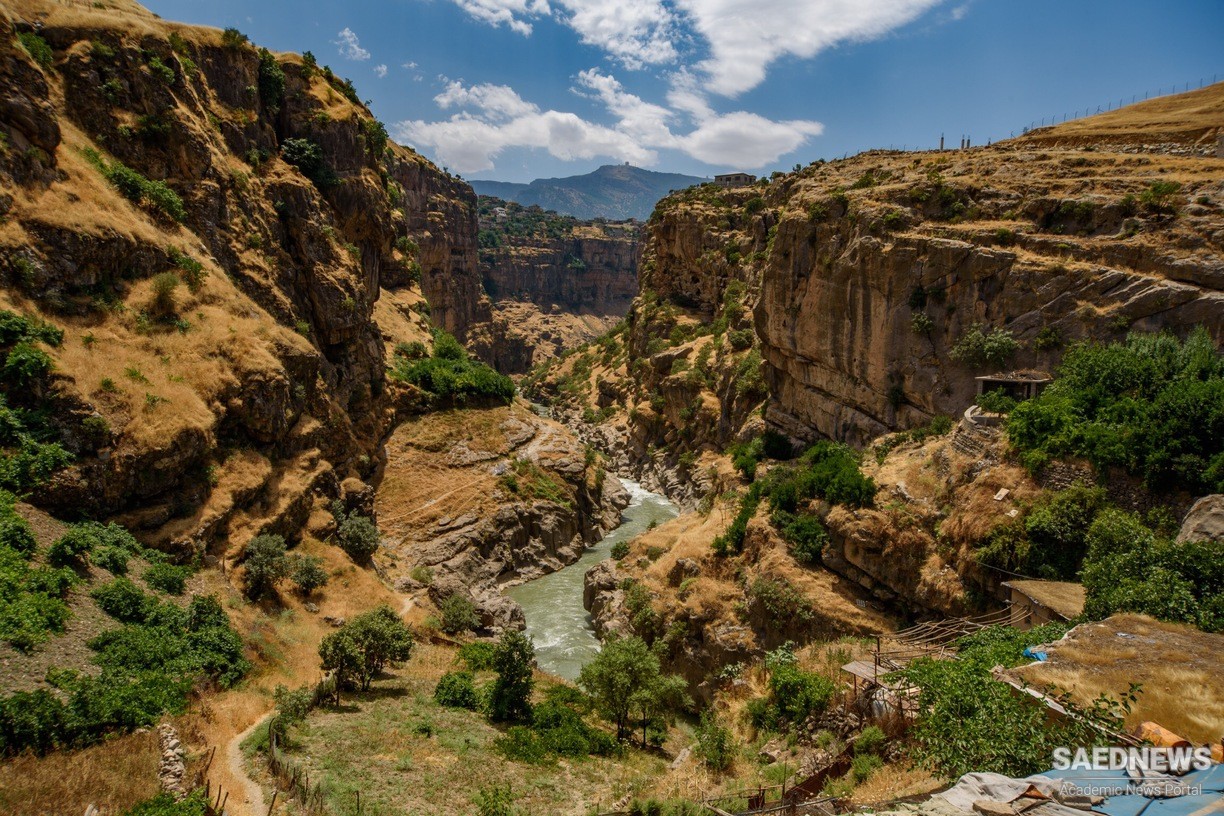Definition of the “Kurdish language.” “Kurdish” is not a firm and standardized linguistic entity with the status of an official or state language. On the contrary, it is a continuum of closely related dialects that are spoken in a large geographic area spanning several national states, in some of these states forming one, or several, regional substandards (e.g., Kurmanji in Turkey; Sorani in northern Iraq).There is much debate, therefore, about the very question of what the Kurdish language is, of which parts it is composed, and whether there is only one Kurdish language, or maybe more than one. To understand the problem of the definition of the “Kurdish language” properly, one must take into consideration both linguistic and non-linguistic factors; the very positions that are taken by scholars and Kurds about this question are strongly influenced by certain cultural, political, and other factors and viewpoints.
Linguistic factors. On purely linguistic grounds, it is quite clear what belongs to the “Kurdish language.” Of those languages that have been claimed to be Kurdish, Zazaki (spoken in eastern Anatolia) and Gurani (spoken in SW Iran and NW Iraq) clearly do not form part of the Kurdish language. Many phonetic, phraseological, and syntactic similarities notwithstanding, the linguistic boundaries between Zazaki and Kurdish on the one hand, and between Gurani and Kurdish on the other, are very clear. The analysis of historical phonology leaves no serious doubt, either, that Zazaki and Gurani are two West Iranian languages that had been quite distinct from Kurdish originally, but have influenced the latter, or have been influenced by it, over a long time. With Lori-Bakhtiāri (see BAḴTIĀRI ii), the situation is different. There do exist transitional dialects between (Southern) Kurdish and Lori-Bakhtiāri, and Lori-Bakhtiāri itself may be called a transitional idiom between Kurdish and Persian. Linguistically, however, it does not make very much sense to call Lori-Bakhtiāri a “Kurdish dialect.”
The picture is again different for Laki, which shares so many features with Southern Kurdish that it is possible to consider Laki a dialect of Kurdish. This is, however, not imperative: it would seem natural that the exact boundaries of the “fringes” of any large dialect continuum are open to dispute, and that they will have to be defined following individual, or partly idiosyncratic, criteria. In the following, the “core” of Kurdish will be defined as the Northern (Kurmanji), Central (Sorani), and Southern dialects of Kurdish (e.g., that of Kermānšāh), excluding Laki unless otherwise stated.


 Kurdish Language and Its Historical Relevance
Kurdish Language and Its Historical Relevance














































